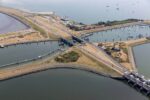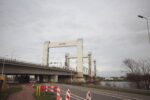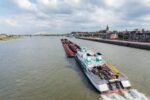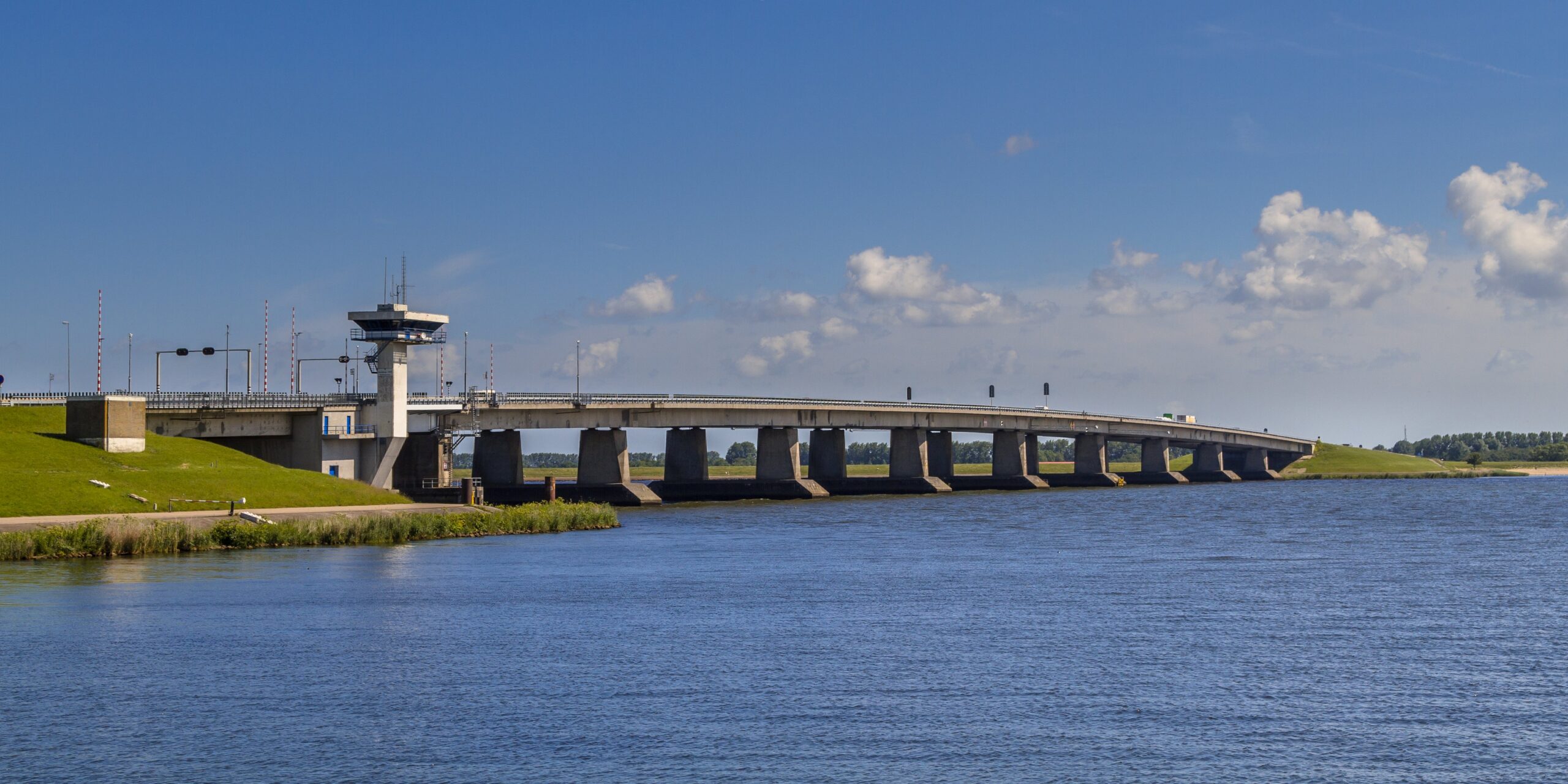
Bridge Management System
The Bridge Management System (BMS) supports bridge and lock operators by providing recommendations. It combines information from multiple sources to devise an optimal schedule for bridge openings. Bridge openings are adjusted to road and waterborne traffic, thus strongly improving traffic flow both on the road and on the waterways. Thanks to the many participating parties, the information in the BMS is always up to date. The number of bridges and locks included in the BMS is continually being expanded.
Bridge opening recommendations
The BMS, which was fully developed by Technolution Move, provides recommendations about the best moment for vessels and road traffic to operate a bridge (or lock). In doing so, it takes account of the priorities of various types of traffic. During rush hour, road traffic is assigned a higher priority; outside rush hour the waterways have priority. Ambulances or other emergency vehicles always have the highest priority. When an emergency vehicle approaches, an instruction is issued not to operate the bridge until the vehicle in question has passed unobstructed. In other cases, it’s up to the bridge operator to decide whether or not to follow the advice. The priorities model permits users to decide for themselves who has priority when and where.
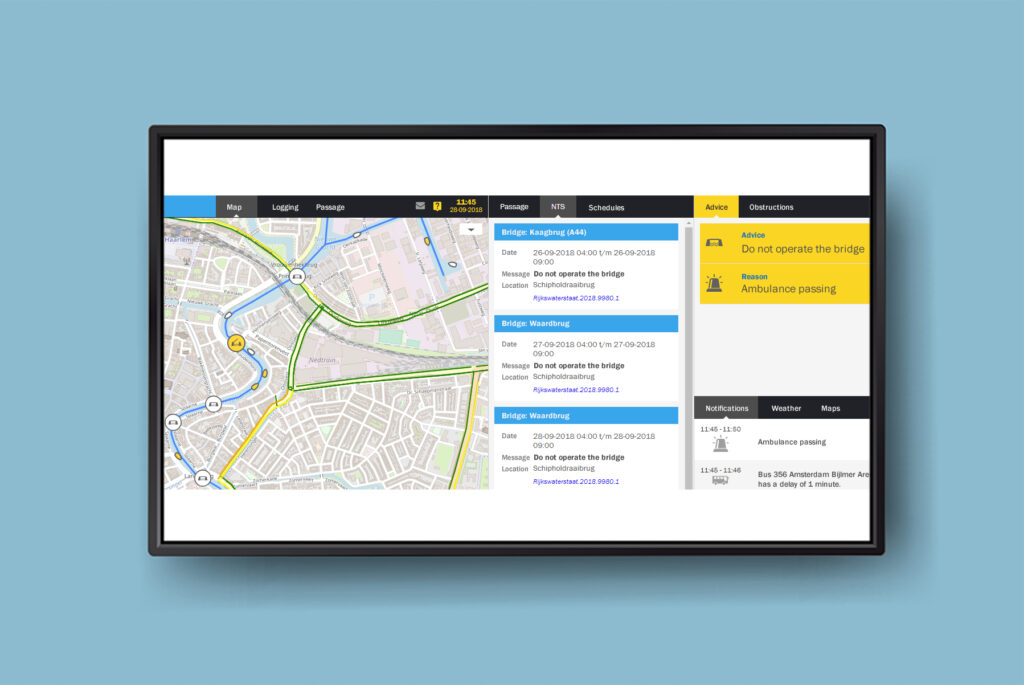
Added value through cooperation
The great strength of the BMS is that it is linked up to a large number of other systems that either supply or receive data. As all parties involved keep the BMS and the connected systems up to date with the latest details, the recommendations issued by the BMS are always based on the most recent information. The data involved consists, for instance, of skippers’ timetables, messages to vessels and the position of buses. All parties and systems involved work together to make the BMS a success.
Supporting functionalities
In addition to issuing advice, the system offers a series of functionalities to support bridge and lock operators. Thus, the passage of vessels and their sailing direction are recorded in the BMS, so that bridge and lock operators of objects further down the route can also see this information. Delays and comments can be recorded and sail-by inspections can be added. This means that users can see immediately what has happened at the various objects during the service. In addition, the system provides bridge and lock operators with meteorological information, data about positions and the expected times of arrival of vessels, and data about works on waterways surrounding the bridge.
Efficient pooling with other systems
Whenever priority is given to road traffic, waiting times for vessels can become long. On the other hand, however, vessels can be given a ‘blue wave’ of open bridges on their route. This means that the bridges on a particular route are opened consecutively, allowing vessels to pass through without interruption.
The BMS also provides information on where and when bridges are opened to other systems, through BGV (‘Blue Wave Connects’). Other services use this information as input, such as traffic control centers equipped with MobiMaestro. This allows them to warn road traffic through VMSs of planned bridge openings and recommend a quicker route if available. Another example are websites or apps for skippers that display all planned openings.
Related solutions and projects
Let’s talk about your project
and find out how we can help you


